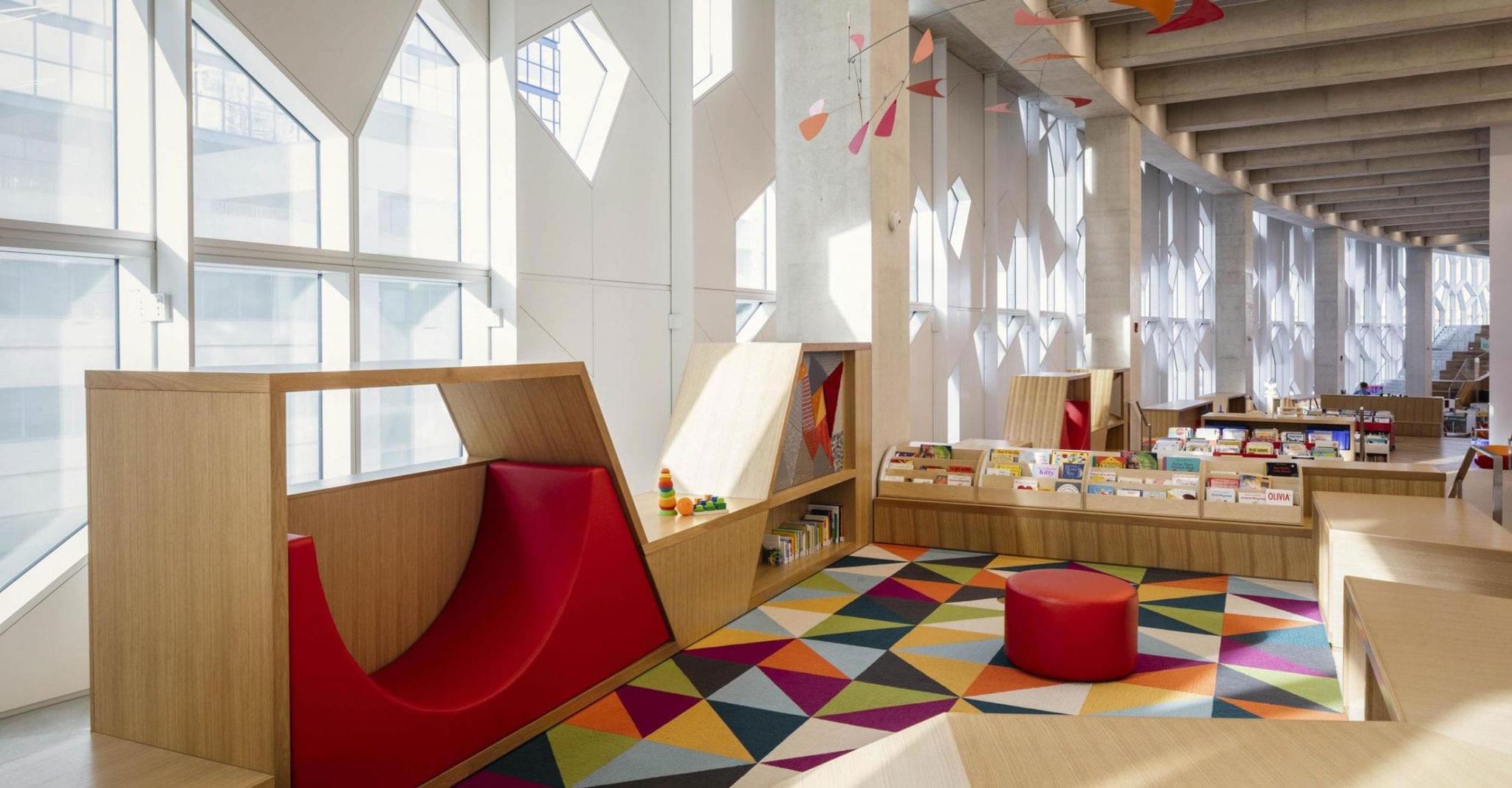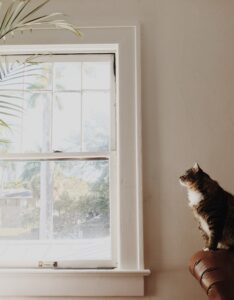With high-performance window films, commercial building owners often experience both lighting and HVAC energy savings along with a full return on investment in less than four years.
Which systems come to mind when you think about energy-savings potential? For most facilities professionals, lighting and HVAC are high on the list. Investing in energy-efficiency retrofits for both of these systems at once could break your budget (especially depending on the projects’ ROI), but that doesn’t mean you can’t do anything to improve their efficiency.
With high-performance window films, commercial building owners often experience both lighting and HVAC energy savings along with a full return on investment in less than four years. How? Because this type of window film increases the insulating performance of windows, which improves energy efficiency of the building envelope.
Energy savings often start with the building envelope, because it acts as a barrier between indoor and outdoor environments. It also helps manage temperature and lighting levels.
With high-performance window films, commercial building owners often experience both lighting and HVAC energy savings along with a full return on investment in less than four years.
Lighting Energy Savings from Window Film
When solar heat gain and glare aren’t controlled, blinds and shades are often used to reduce fading, keep tenants comfortable, and stop glare. When closed, blinds and shades can address these issues. But they can also limit views, create a need for more artificial lighting, and prevent daylight from entering. Despite the myth that window film makes indoor spaces dark and increases reliance on electric lighting, window film can actually decrease lighting costs.
A University of Padua research team recently studied window film’s affect on lighting in MG Tower. Even though this modern Italy office tower had up-to-date HVAC systems and new windows, facilities management still struggled with occupants who were uncomfortable due to solar heat gain and glare from windows. The team found that window film installation addressed glare and discomfort; it also offered a considerable increase in useful daylight because blinds were closed less often.
According to ENERGY STAR’s Building Upgrade Manual, 5% of electricity is used to offset waste heat from artificial lighting. The less often lights are on, the smaller this percentage can be.
HVAC Energy Savings from Window Film
Before investing in HVAC upgrades for energy savings, consider reducing loads. By doing this, you reduce runtime, extend HVAC system life, slash operating costs, and decrease system stress.
It is estimated that 40% of a commercial building’s cooling requirements are due to solar heat gain. Improving your window’s R-value can keep HVAC systems from running as long or as often, ultimately reducing energy. One recent study shows the difference window film can make in reducing HVAC energy. The Hyatt Regency Houston experienced heating energy savings of 25% and cooling energy savings of 23% in rooms where they applied high efficiency window films. HVAC runtime was also reduced, preventing the need for an HVAC system upgrade.
By investing in window film as an energy conservation measure, you can prolong HVAC and lighting equipment lifecycle, upgrade the insulating performance of existing windows, and decrease monthly energy bills.




